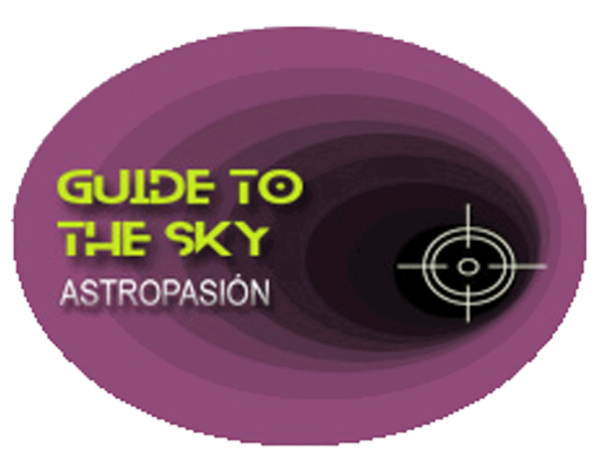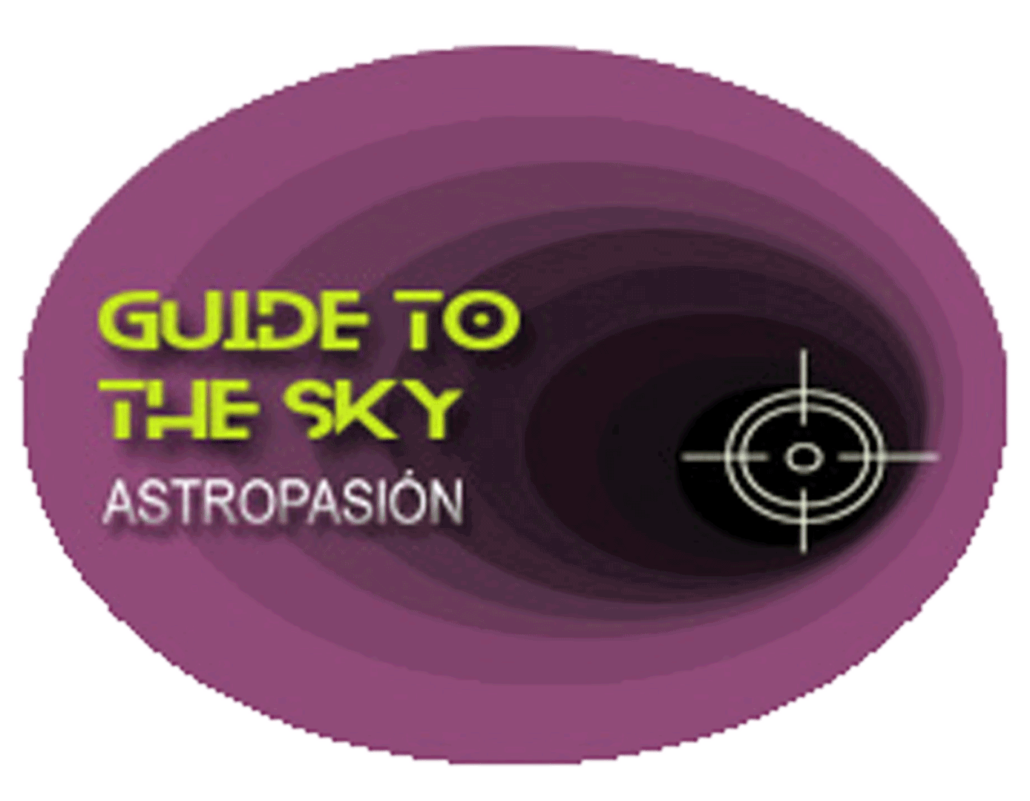Messier 37 - Auriga

M37 es un cúmulo abierto en la constelación de Auriga de la {{ object[0].M37.visualMagnitude }} magnitud visual, situado a más de {{ object[0].M37.mesDistances[0].dist }} {{ object[0].M37.mesDistances[0].unit }} años luz de distancia del Sol.
M37 es por tanto el de mayor brillo conjunto de los tres grandes cúmulos de Auriga: M36, M37 y M38. Tiene unos 20' de tamaño aparente.
Una estrella de la séptima magnitud parece presidir el centro del cúmulo.
M37 es por tanto el de mayor brillo conjunto de los tres grandes cúmulos de Auriga: M36, M37 y M38. Tiene unos 20' de tamaño aparente.
Una estrella de la séptima magnitud parece presidir el centro del cúmulo.
M37 - - en la IA
Messier 37 (M37), also known as NGC 2099, is a rich open cluster in the constellation Auriga. Here's a summary of its key features:
Key Characteristics:
- Type: Open Cluster
- Constellation: Auriga
- Distance: Approximately 4,500 light-years from Earth
- Age: Estimated to be about 550 million years old
- Apparent Magnitude: 5.6 (visible with binoculars under good conditions)
- Diameter: Roughly 20-24 light-years
- Members: Contains an estimated 500+ stars brighter than magnitude 12.5, and a total stellar population of around 1,500. A significant number of these are red giants.
- Notable Features:
- Relatively high density of stars in the center.
- One of the brightest and richest open clusters known.
- Contains at least a dozen red giant stars, easily distinguishable by their color.
- Has a slightly older age compared to other well-known open clusters like the Pleiades or Hyades.
- Discovery: Discovered by Giovanni Battista Hodierna before 1654. Independently rediscovered by Charles Messier in 1764.
Observing M37:
- Binoculars: Easily visible as a fuzzy patch under dark skies.
- Telescopes: Telescopes will resolve individual stars, making it a beautiful sight. A 4-inch or larger telescope at medium power will show a wealth of stars. Larger telescopes will reveal fainter stars and more intricate details within the cluster.
- Best Time to Observe: During winter months when Auriga is high in the sky.
Scientific Significance:
- Open clusters like M37 are valuable for studying stellar evolution because their stars are of similar age and composition. By observing the different types of stars within the cluster, astronomers can test and refine models of stellar aging.
- The presence of red giants in M37 indicates that some of its stars have already evolved off the main sequence.
- Studying the distribution of stars in the cluster helps us understand the dynamics of open clusters and how they evolve over time.
In short, Messier 37 is a spectacular open cluster that is rewarding to observe with even modest equipment. Its rich stellar population and relatively bright apparent magnitude make it a popular target for amateur astronomers and a valuable object for scientific study.
Más información sobre Messier 37 en NASA/IPAC.
Mapa alrededor de Messier 37
Otros identificadores de M37:
"C 0549+325" ,"M 37" ,"NGC 2099" ,"[KPR2004b] 82" ,"[KPS2012] MWSC 0689",

